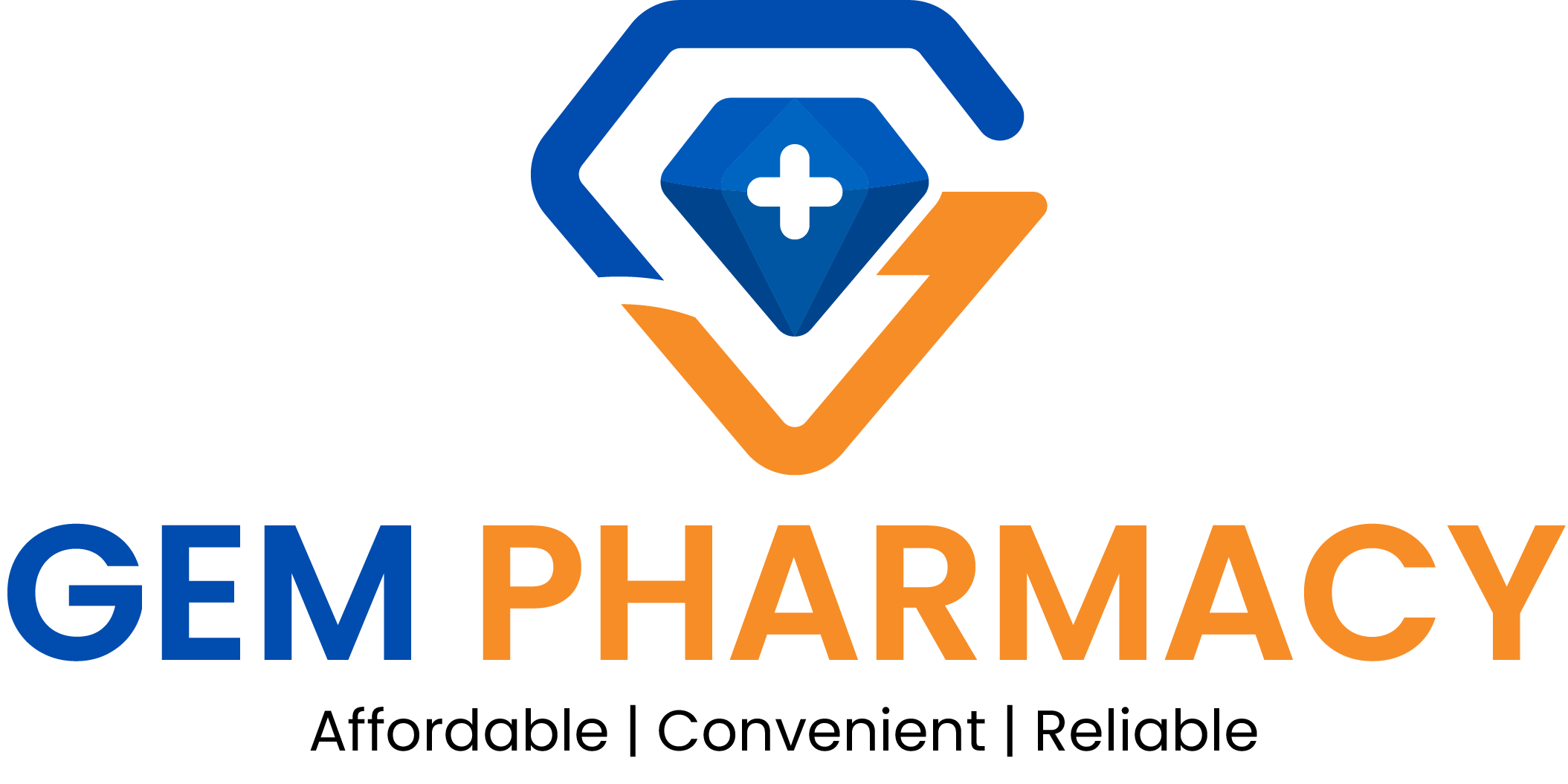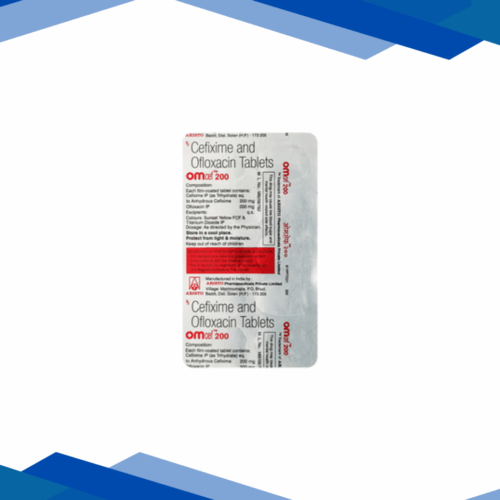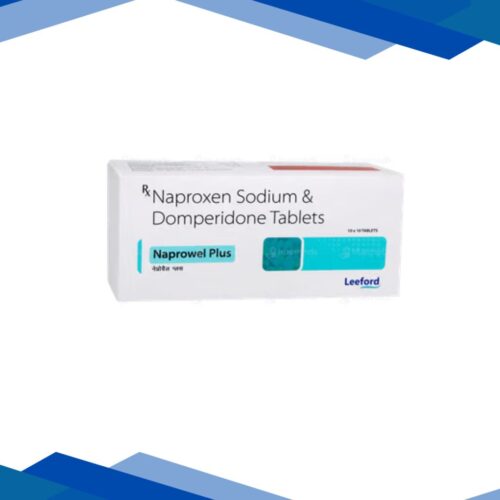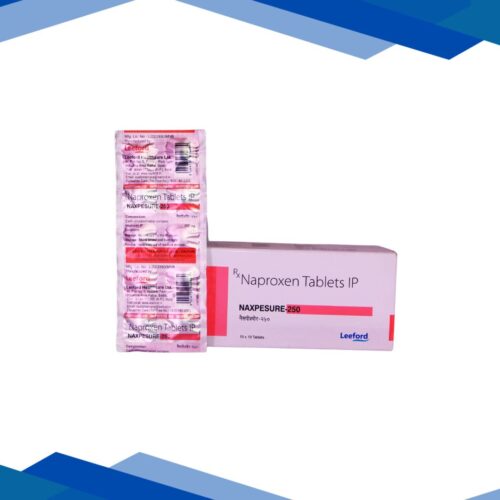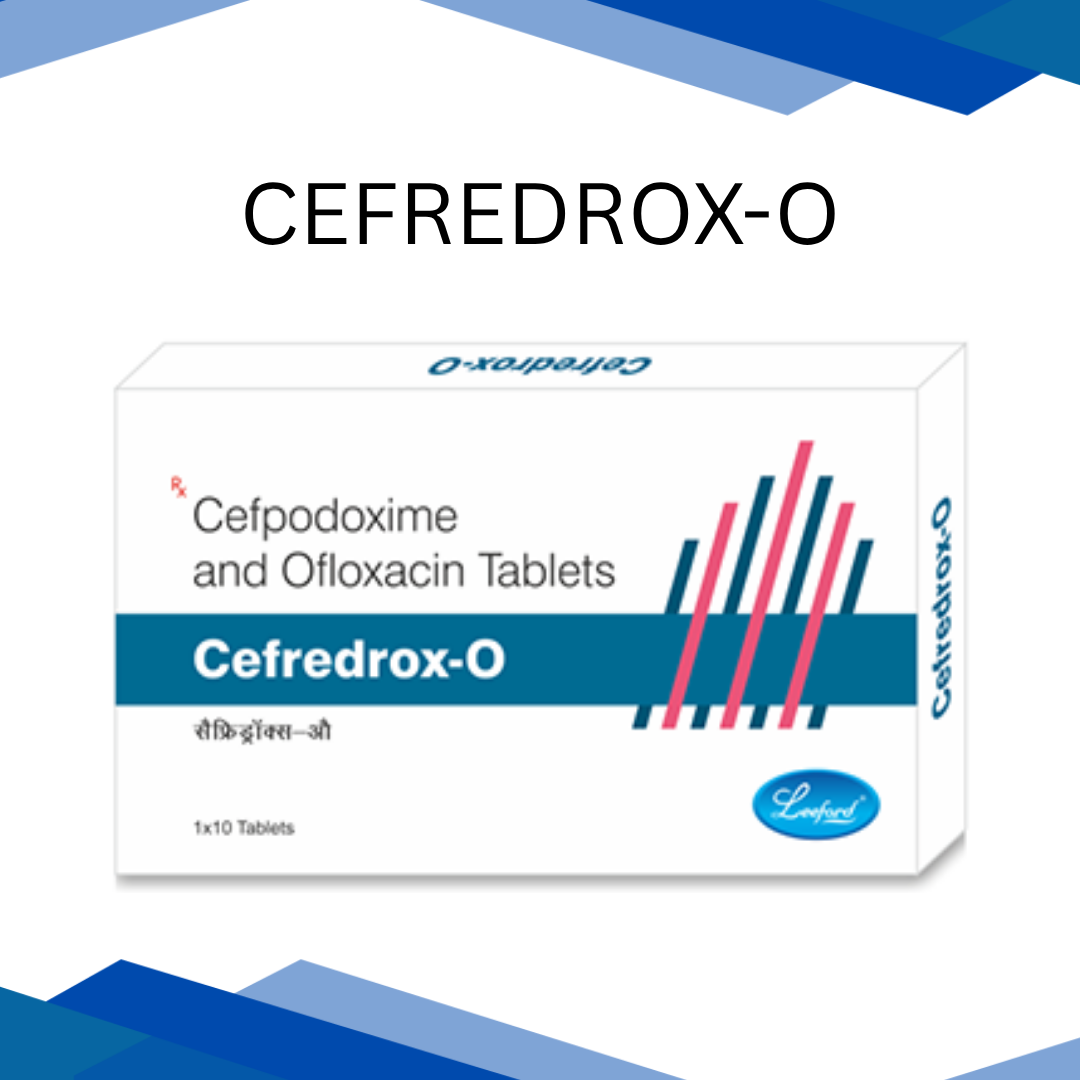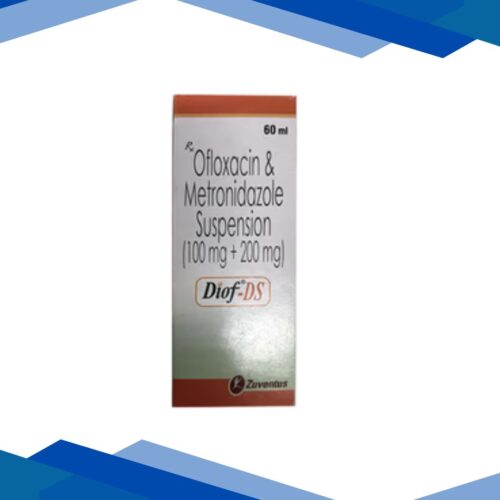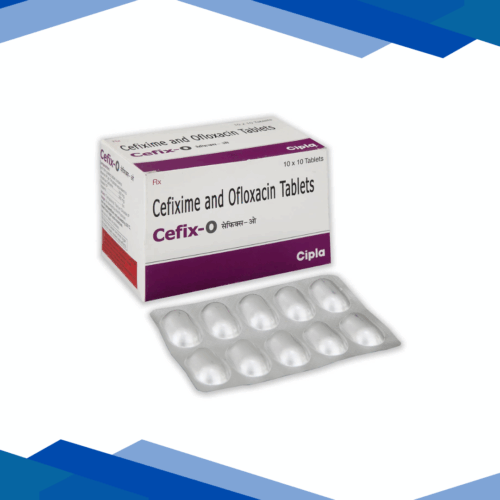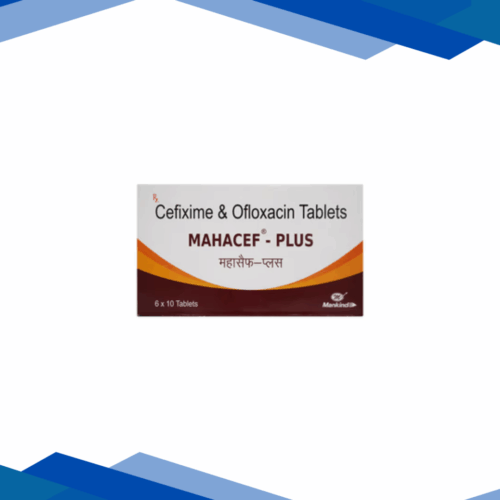Cefredrox-O
❌ Due to high demand, this product is currently out of stock. New stock will be available shortly.
👉 Click here to Buy Same Salt medicine
Cefpodoxime and ofloxacin are used together to treat various bacterial infections such as respiratory, urinary, and skin infections by killing the bacteria.
Cefpodoxime
CEFPODOXIME
Overview:
Cefpodoxime is an antibiotic belonging to Cephalosporin Class. It is given to treat different bacterial infections such as those of the respiratory and urinary tract, the skin, the throat, and the ear.
Classification: Cephalosporin antibiotics
Uses:
Cefpodoxime is used in the treatment of various bacterial infections such as pneumonia, bronchitis, tonsillitis, sinusitis, ear, skin, and urinary tract infection (UTIs). It is especially beneficial in a case when other antibiotics do not give effective outcomes. The drug has an effect of preventing bacterial growth and thus allows the body to fight the infection.
How it works:
The Cefpodoxime works by interfering with cell wall production of bacteria. It binds itself to some proteins in their bacteria called penicillin-binding proteins (PBPs) that they use to build their cell walls. The absence of a proper cell wall causes the bacteria to be weak and finally burst leading to their deaths. Through this mechanism, cefpodoxime is known to be useful in eradicating wide range bacteria that cause infection.
Dosage: As prescribed by your doctor.
Side effects:
Stomach pain
Diarrhea
Nausea or vomiting
Rash
Headache
Precautions:
Before taking Cefpodoxime, tell your doctor in case you are allergic to other drugs, especially penicillin or other cephalosporin-based antibiotics, as you might be experiencing a cross-reaction. Be careful when you have problems with the kidneys or the gastrointestinal tract such as colitis. Deciding to stop the treatment early in case you start feeling better may lead to antibiotic resistance, so it is pivotal to complete the whole course of treatment. Also, inform your physician whether you are pregnant, breastfeeding or taking other drugs.
Disclaimer: This content is for informational purposes only. Always consult a healthcare provider for medical advice and proper dosage
Ofloxacin
OFLOXACIN
OVERVIEW
Ofloxacin is used in the treatment of bacterial infections. It is also used in infections of urinary tract, gastrointestinal tract, female genital organ, skin & soft tissues and lungs (pneumonia).
CLASSIFICATION:
Ofloxacin is an antimicrobial drug in the fluoroquinolone family
USES:
Ofloxacin is a broad-spectrum antibacterial agent with activity against both gram-negative and gram-positive organisms, used for the treatment of bacterial infections such as pneumonia, pyelonephritis, skin and soft tissue infections, and urinary tract infections.
HOW IT WORKS
Ofloxacin acts on DNA gyrase and toposiomerase IV, enzymes which, like human topoisomerase, prevents the excessive supercoiling of DNA during replication or transcription. By inhibiting their function, the drug thereby inhibits normal cell division.
DOSAGE
As directed by the physician
PRECAUTIONS
You should be cautious in the following conditions if you are prescribed Ofloxacin:
Allergic to the medicine or other quinolone/fluoroquinolone antibiotics like Ciprofloxacin, Gemifloxacin, Levofloxacin, etc.
Taking any other medications, vitamins, nutritional supplements, or herbal products.
Taking blood thinners like warfarin, antidepressants, antipsychotics, insulin, and other medicines to treat diabetes like glimepiride, chlorpropamide, tolazamide, etc., and anti-inflammatory drugs like ibuprofen
Taking antacids, supplements, and multivitamins with iron and zinc, then take ofloxacin 2 hours before or 2 hours after taking these medicines.
Medical history of heart diseases or prolonged QT intervals
Pregnancy, breastfeeding, or planning to get pregnant
History of diabetes, hypoglycaemia (low blood sugar) or liver disease
SIDE EFFECTS
The side effects of ofloxacin are:
Fever
Fatigue
Nausea
Constipation
Vomiting
Pale skin
Mouth dryness
Watery stools and maybe blood
Stomach cramps for months, even after the treatment is complete
Itching and rashes
Swelling or yellowing of the eyes and face
Breathing or swallowing trouble
Fluttering heartbeat
Frequent urination and sweating
Constantly feeling hungry or thirsty
If you find any of these symptoms, you should immediately consult your doctor.
Disclaimer
This content is for informational purposes only. Always consult a healthcare provider for medical advice and proper dosage
